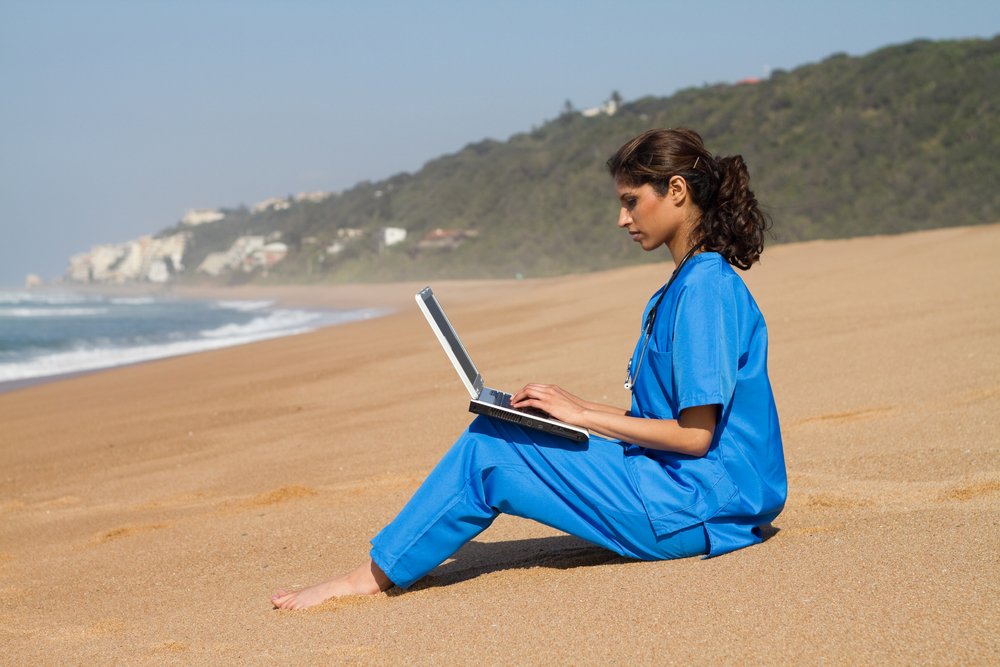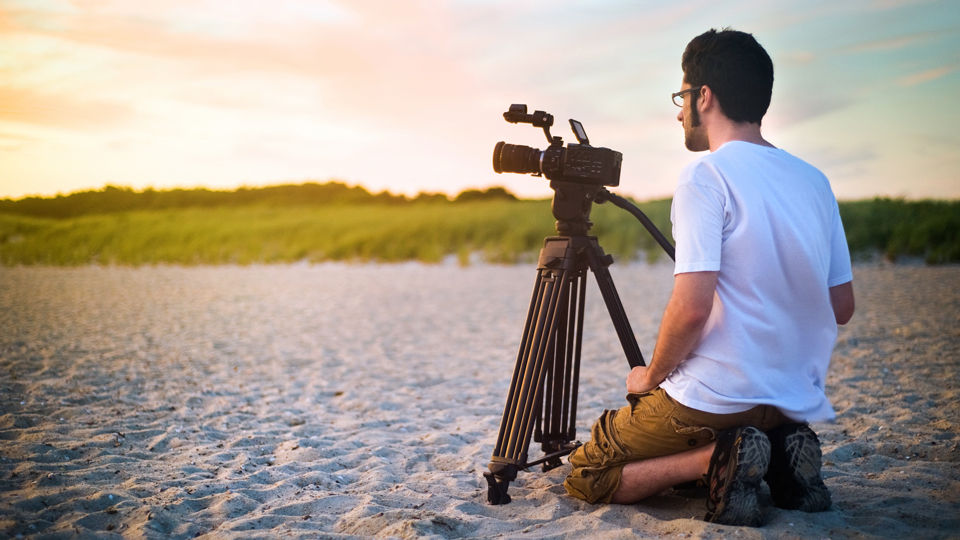Travel is all about exploring new places and meeting new people. It is also a way to discover yourself. You will often come across a form of yourself that you have never been able to meet in your day-to-day routine. To be fully attuned to yourself and to the places and people around you, you need to fully mindful in your travel. You should be truly present in every place and with everyone. Your physical presence at a place, but with your mind elsewhere is one of the worst ways to experience travel. If you travel for a long time, you will occasionally come across problems that will make your mind drift. But otherwise, you should be ready to receive every new experience with full attention. Sleepwalking through travel is the worst thing you can do to yourself. You deserve a good trip and a great experience, one to remember and feel in your veins forever. This post tells you simple tips to cultivate presence and mindfulness in your trip.
Here are some tips we have to be present in your trip.
A. Leave the smart phone (and other electronics) inside their pouches

Your smart phone and other forms of digital electronics, such as a tablet and laptop are some of the biggest hindrances on your quest for being present in your trip. Tapping away on your smartphone when your bus is going through river valleys, using your laptop to work when in a beautiful cafe that overlooks a snow-capped mountain and taking rapid-fire selfies when you should be enjoying the place around you, are some activities that should be kept to a minimum. Rare moments do not happen everyday in your life and that is why they are termed ‘rare’. You should be attentive to what is happening around you. Enjoy every sound, sight and the smell of the place around you and stop being confined within the edges of your electronic device screen.
B. Stop taking photos all the time
Trying to frame the entire world in front of you into 20 megapixels is a restrictive obsession. When in a beautiful place, If the first question on your mind is, “How can get the best photographic frame for this view?”, then you are missing a huge point. Yes, photographs keep memories alive. But what about enjoying the experience so mindfully that you’ll never forget it? What about being there with so much awareness that the scene in front of you is etched in your mind better than a photograph? What about enjoying yourself in this present live moment instead of worrying about being able to capture it in a frozen moment for the future? Yes, you want to be able to show this wonderful vista to others. But what about you enjoy this moment for yourself as it is.

In India 360, we had a practice. All our photography was done either during the first 2 minutes or during the last 2 minutes of our presence at a place, preferably the last 2 minutes before leaving, because by that time, we’d have seen enough of the place to be able to know what the best angle would be. Trust me, it was tempting to whip out the DSLR and click rapid fire photos, seconds after arriving somewhere. “What if things change and moment as it is, is lost a few minutes later? Let’s get this into the camera right now and then get around to enjoying the scene.” The problem with that thought was that it was too stressful. The mad rush of having to get something within a photo frame took away from the enjoyment of being there.
Another stressful thing is to keep clicking photos the entire time you are there. You are hardly able to enjoy the place for what it is. With our 2-minute rule, we’d spend only two minutes on photography. During other times, our DSLR stayed in its bag and our phones in our pockets. This way it was easy to be attuned to the sights, sounds, smells and the feel of the place.
Another good tip that worked for us was to get a GoPro and leave it on for several hours. With the trip done a couple of years ago, we still get to publish video highlights and interesting photos extracted from video clips.
C. Stop taking selfies for every photo
If there is something worse than taking photos all the time, then it is taking selfies all the time. Why worse? Selfies are a narcissistic obsession. You are usually more worried about how you look in a frame rather than how things are around you. Everything is about you and not where you are.

And why the need to obsessively put yourself in every photo? Don’t you want to show everyone how the world looks through your eyes? Don’t you want to help your audience see what you see and admire the world for what it is? Don’t you want to say, “If you travel here, this is what you get to see”? The best photographers in the world think of themselves as being everyone’s eyes to the world and they gracefully move out of the way.
Another benefit of taking photos without yourself in it is that it makes you pay more attention to the things around you so that you get the best frame for a scene. In a selfie, you pay attention to yourself and fully or partially ignore the world around you. In our albums on our Facebook page, we have made it a point to keep the ratio of selfies to minimum.
D. Start conversations with local people

It could just be the owner of the small eatery which made your Paratha. You could ask him how long he has been operating the eatery and what his most popular offering is. Or you could play sports with local school children. Ask the locals about their favourite food and where you can eat it. Help a local search something on the Internet (if your connection works). Help elderly people with their luggage and chat with them. Talk to local artisans about their art, when they learnt it and how long it took to master. If you are at an AirBnB or CouchSurfing stay, you can help the host with errands while talking to them. Sure, there are several places like Himachal Pradesh, where the locals themselves approach you to have tea with them. But you too can initiate conversations with the locals. Brownie points for you if you speak the local language. In that case, your conversations often go deeper and you can even laugh at hyper-local jokes that get lost in translation.
E. Ditch the vehicles and walk

There is something about walking that makes time stand still. The world does not zoom past you in a blur. In fact you embrace the place at that moment with everything that it has to offer. At a pace that you can observe peacefully. A walk in the promenade of a city, by the side of a lake, by a beach or by hiking up a mountain are all different ways to use your two feet at a leisurely pace and take in everything the world has to offer. In India 360, we commuted between places in vehicles, but we always took the time to walk around rather than catching an auto rickshaw or using our car / motorbike once at our destination.
Conclusion
Travel is an experience of a lifetime and you’ll want to make every moment count. You’ll want to remember those moments with pride. It is in your best interest to spend those moments being fully present, attentive and experiencing every sight, sound, fragrance, taste and the feeling of the places and to go through all the emotions that come with the experiences without being distracted by things that will seem trivial to you at a later time.

